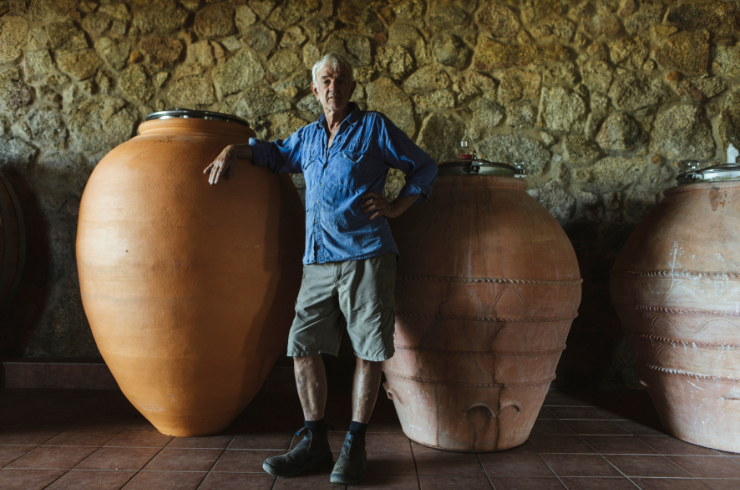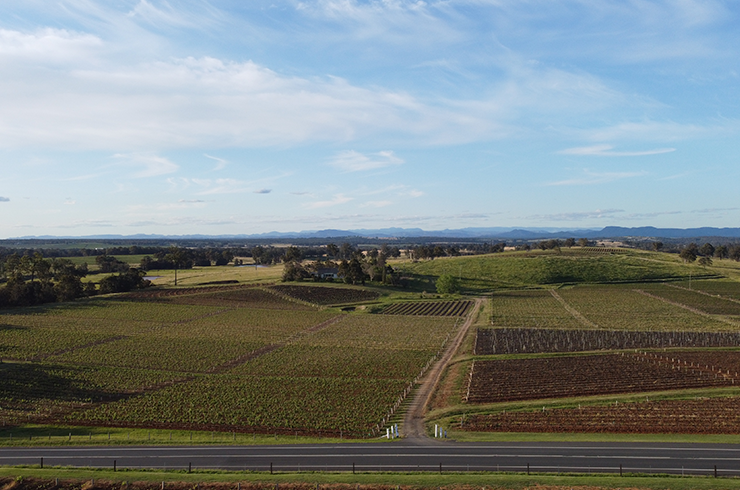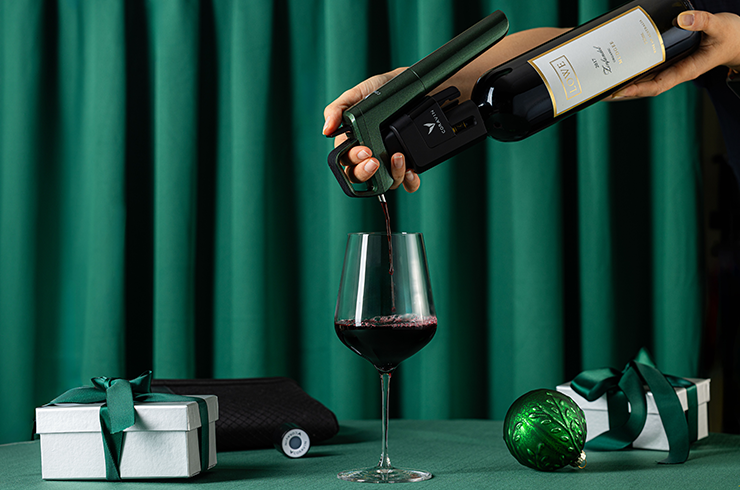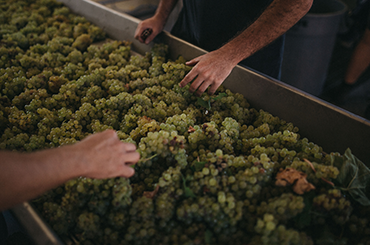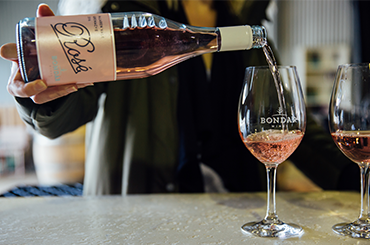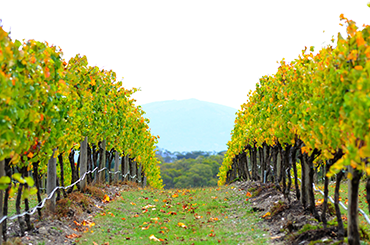Often sitting quietly in the shadow of heavyweight cabernet sauvignon, cabernet franc can be mistaken as a blending grape to help Bordeaux blends rise to glory. However, it’s time to take another look at this variety, which is responsible for some of the world’s most complex yet quaffable wines.
Unlike cabernet sauvignon, there are plenty of examples of top-tier cabernet francs that are delicious when young, thanks to their approachable tannins and inviting aromatic profiles. Bruce Dukes at Margaret River’s Domaine Naturaliste has chosen the variety for one of his flagship wines – Le Naturaliste Cabernet Franc.
“It’s got super-fragrant aromatics when fully ripe, and the beautiful blue fruit has flavours like boysenberries and blueberries,” Bruce says. “The tannins are soft and velvety, and you can enjoy all this freshness of fruit and many of the beautiful notes of cabernet sauvignon, but with a tannin ripeness so you don’t have to mature the wine.”
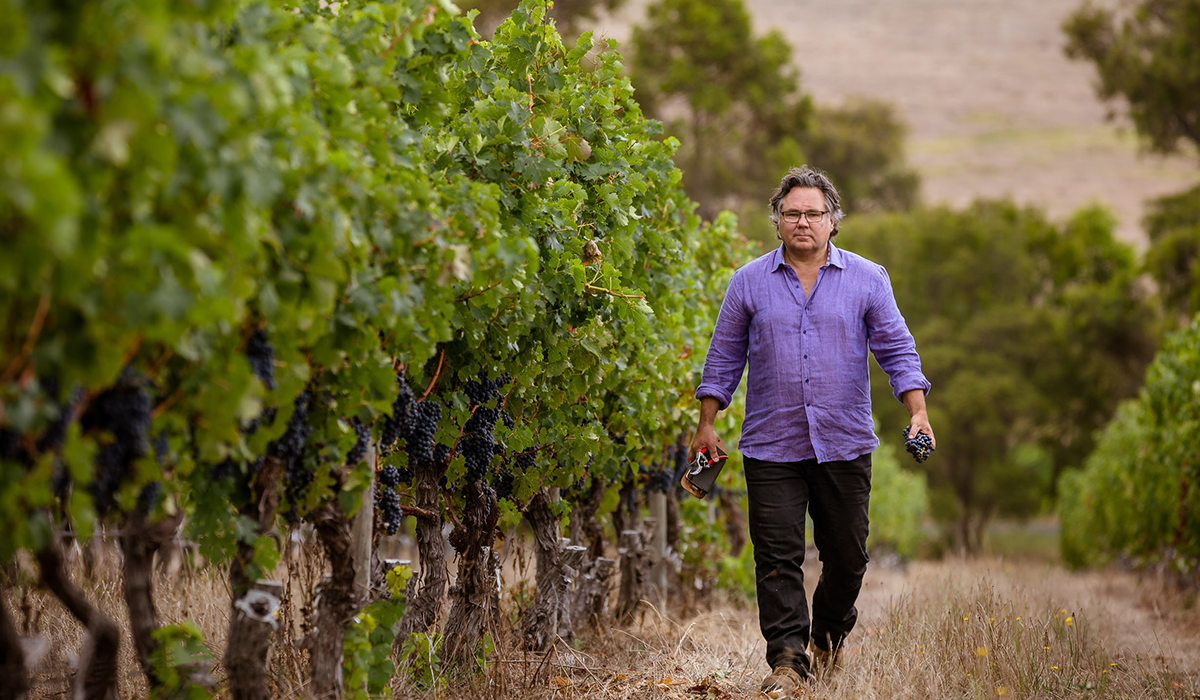
Often grown in smaller amounts than cabernet sauvignon, cabernet franc was initially planted with the intention of blending. However, as Michael Kerrigan of Margaret River’s Hay Shed Hill says, as a single-varietal wine, it has found a loyal fan base. “We run out within four months of release of our Block 8 Cabernet Franc. It has a strong following and is only available at cellar door,” he says.
“I think there’s a degree of instant gratification nowadays with wine drinkers. Less people are interested in sitting and waiting for years for a wine to age. For a very good cabernet sauvignon, you need to give it time, and I think there is less willingness to do that now, hence the popularity of cabernet franc.”
Age can also work in the grower’s favour when it comes to this variety. Hickinbotham winemaker Christopher Carpenter of McLaren Vale says despite the fact their cabernet franc vines are relatively young, having only planted them in 2014, it’s no obstacle to quality. “That first year I was excited because it was so bloody good right out of the gate. With its black tea and red fruits, floral red notes and olive tapenade, it’s turned out to be a winner,” he says. “I’m a firm believer in allowing vines to acclimate to their environment, and you can see the quality over the years continues to improve."

While all grapes reflect the place they’re grown, cabernet franc truly expresses its site, as seen with a number of producers who make very different single-vineyard styles within their collections.
“We have a single-varietal cabernet franc as well as our icon Olmo’s Reward, which is a cabernet franc-led blend,” says Elizabeth Smith of Frankland Estate in Western Australia’s Great Southern. “Our 100 per cent cabernet franc is sourced from a single block and is a lighter, more delicate wine, with pretty, floral aromas. The rest of the vineyard produces a more structural expression with darker fruit and has the potential for good ageing. This is the ultimate match for our Olmo’s Reward.”
Cabernet franc is a variety that unleashes myriad expressions – from red fruits and floral notes in a crunchy drink-now or nouveau style, through to black fruits and notes of cedar, herbs and pepper, with a savoury drive to the finish in more ageworthy examples. Either way, it’s great value when compared to the quality and prices of other varietals on the shelf.
Or should that be off the shelf? A quick scan of local wine stores shows it’s often necessary to go direct when it comes to sourcing cabernet franc for the cellar. “We generally hold four cartons of our Reserve de la Cave Cabernet Franc for museum stock and the rest go to members,” says Stuart Watson of Margaret River’s Woodlands Wines. “Realistically, we only get two barriques each year – the berries are lightweight and small, there’s not a lot of juice with a high skin-to-juice ratio. There’s lots of colour and aromatics out of the cabernet franc, and it holds the oak well.”
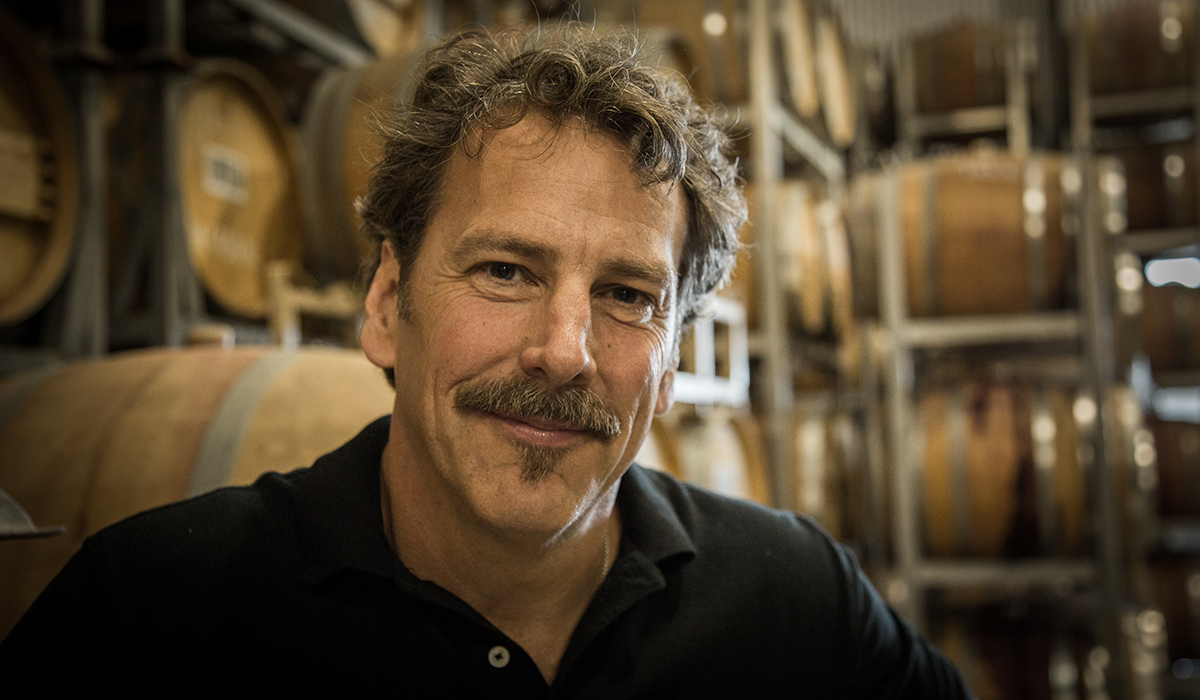
Cabernet franc is no newcomer, with DNA analysis suggesting the grape is the co-parent, along with sauvignon blanc, of cabernet sauvignon. With some of the greatest examples hailing from France, in the Loire Valley and Bordeaux’s Saint-Émilion appellation, it’s no surprise many of Australia’s top cabernet franc producers look to these regions for inspiration.
Frankland Estate’s Elizabeth explains that her parents fell in love with the grape after spending several vintages in Right Bank Bordeaux, leading them to plant it at their own site. “Traditionally in winemaking, cabernet franc is a fabulous backbone-blending component, so it’s intriguing for people to look at the individual components to start their journey in understanding what goes into truly great Bordeaux or Australian wine.”
It therefore makes sense that some of Australia’s most prolific cabernet franc regions are those that mirror Bordeaux. These include Margaret River, the maritime climes of the Great Southern, pockets of McLaren Vale and Kangaroo Island.
This is what led Islander Estate Vineyards to work with the variety, thanks to fifth-generation French winemaker Jacques Lurton. “Jacques thought the climate zone on Kangaroo Island would be similar to Bordeaux, given the research on growing degree days and cool nights and the latitude, along with the Maritime influence,” says co-owner Yale Norris.
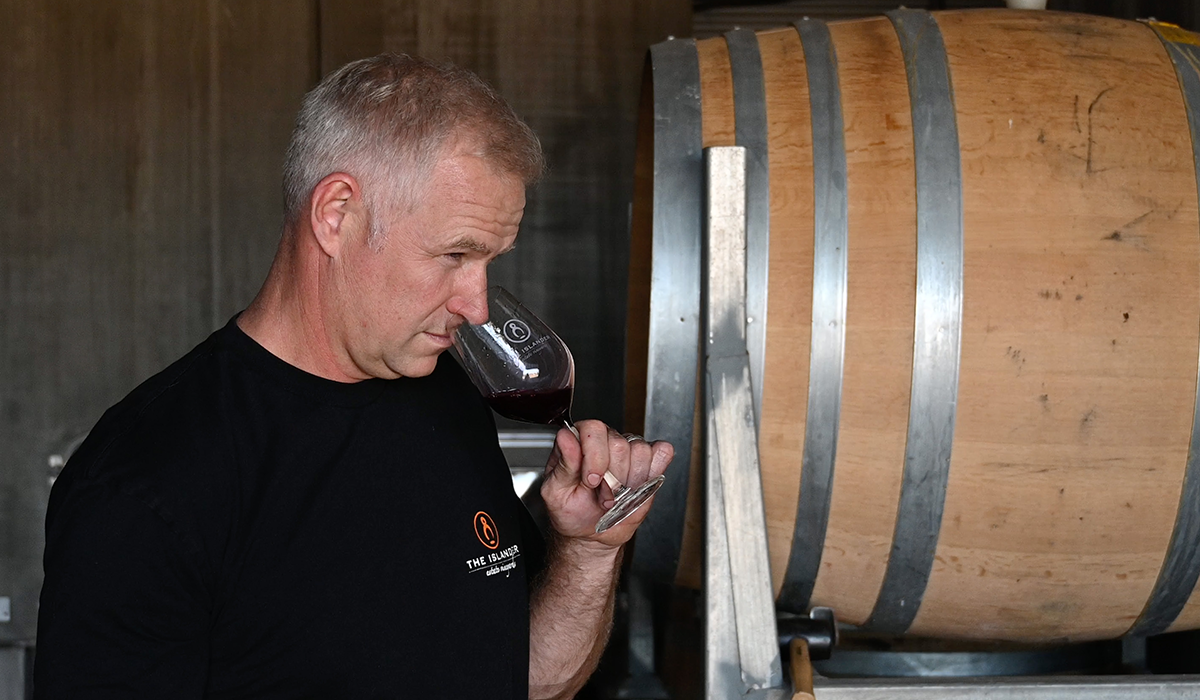
“Here you don’t get super-dry hot days, which drive sugar ripeness but not phenolics. That type of climate can end up with unbalanced fruit. Balanced fruit leads to balanced wine. This is a varietal that is reasonably unknown outside of Bordeaux or Loire, but there is something special about it.”
Lighter in body and tannins than cabernet sauvignon, and with a refreshing acid line, cabernet franc pairs exceptionally well with a range of foods, but it is also delicious on its own. Supple and juicy with perfume for days, it’s a great option for lunchtime drinking if you’re after something other than the usual lighter-bodied suspects (here’s looking at you pinot, gamay and grenache).
So, what to pair with it? When it comes to drink-now expressions of cabernet franc, Elizabeth of Frankland Estate says its pristine red-fruit flavours are ideal with charcuterie, cheeses, pizza or beef carpaccio. “Olmo’s Reward comes to life with time in the glass,” she says. “It’s an elegant, complex wine, and the evolution from the beginning to the end of a meal is truly intriguing.”
For Bruce Dukes, it’s all about the texture and lightness of cabernet franc’s tannins. “I love it matched with a T-bone steak grilled over the vine cuttings. That also captures the focus of the protein cooked rustically with the charming wine. The simplicity of the pairing is exciting.”
Sign up to view these tasting notes and ratings
By becoming a member of Wine Companion, you'll have access to the largest database of wines in Australia.
This article first appeared in issue #63 of Halliday magazine. Become a member to receive the print publication as well as digital access.

